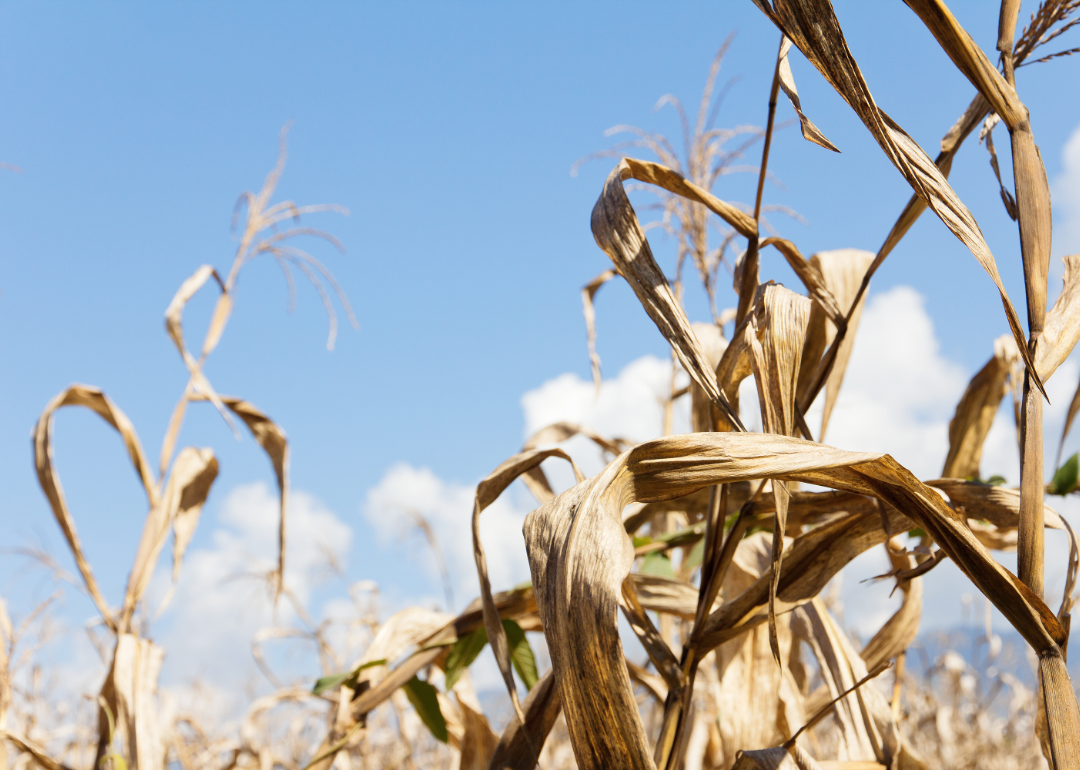
History of droughts in the U.S.
Defined by the National Weather Service as "a shortage of water over an extended period of time," droughts are a normal and natural part of Earth's weather cycle. Sometimes, however, a lack of water is far more significant than just a cyclical dry spell. Although tornadoes, hurricanes, tsunamis, and fires are more dramatic and alarming, severe droughts are often far more widespread, more devastating, more expensive, and harder to manage than the violent natural disasters that tend to grab headlines. Making matters worse, droughts can create or encourage a range of secondary environmental catastrophes like fires, crop failures, mudslides, sinkholes, destroyed roadways, massive fish kills, locust swarms, and—although it seems counterintuitive—severe floods.
Throughout U.S. history, droughts have turned vast swaths of farmland to dust, created panic, killed millions of cattle and other animals, and forced widespread human migration, financial depression, and starvation. The worst droughts, however, have also sparked major reforms. In California, for instance, droughts led to creation of the Central Valley Project, the State Water Project, the urban conservation movement, and the Drought Emergency Water Bank.
The direct and indirect costs of drought total more than $9 billion a year in the United States alone, and that expense is set to rise as droughts become more prevalent and severe. Although global warming is often portrayed in the media as a debate, there is direct and irrefutable evidence linking climate change to increased instances of severe drought beyond the dry spells that are a natural part of the planet's cycles. Warming temperatures over the past century have directly contributed to major droughts across the country, but particularly in the American West. It was only in 2019 that California finally got relief from a catastrophic dry spell that defined the state's ecology throughout much of the past decade.
Stacker dived into the worst droughts in U.S. history, starting with the "megadrought" of the 10th century and ending with the droughts that plague us today.
You may also like: Counties projected to have the most extreme heat days in 2050
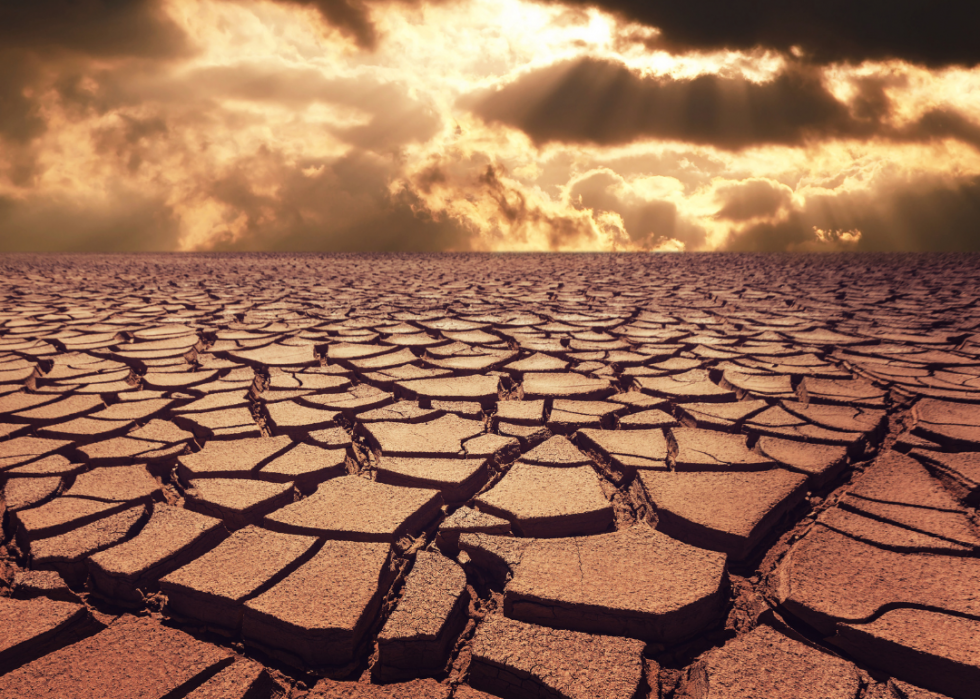
10th century–14th century: Megadrought
According to a report from the Proceedings of the National Academy of Sciences of the United States of America, the year 900 launched the start of a dry spell so significant that scientists refer to it as the "Megadrought." The event, which choked the Sierra Nevada and northwestern Great Basin, lasted centuries until tapering off around 1300. A variety of data back up this claim, but tree-ring studies provide the best and most accurate timeline of the catastrophe.
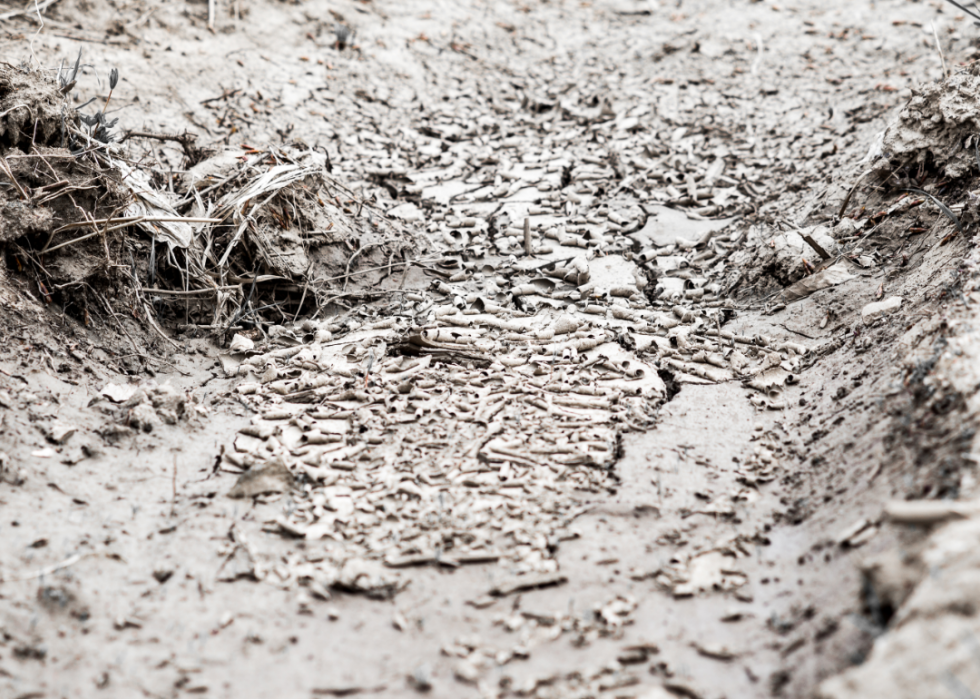
14th century–19th century: Mississippi River Valley drought
Massive earthen mounds still stand where the city-states of the Mississippian American Indian culture once thrived in the Mississippi River Valley 1,000 years ago. Unfortunately for the corn-based society, according to NPR, a "profound drought" set in around 1350, triggering the Little Ice Age in Europe and setting off an intense dry spell triggered by dry Arctic air pouring in through the Gulf of Mexico. The catastrophic drought would last as long as 500 years, much longer than the culture whose crucial corn crops were obliterated by the changing climate.

1841: Sonoma drought
Before the 1849 Gold Rush brought masses of pioneers pouring into California, early settlers grappled with extreme environmental conditions. Today, California's Sonoma County is one of the most fertile and productive agricultural landscapes in the world. In 1841, however, a severe drought rendered Sonoma "unsuitable for agriculture," according to the California Climate and Action Network, and the entire Sacramento Valley was little more than "a barren wasteland."
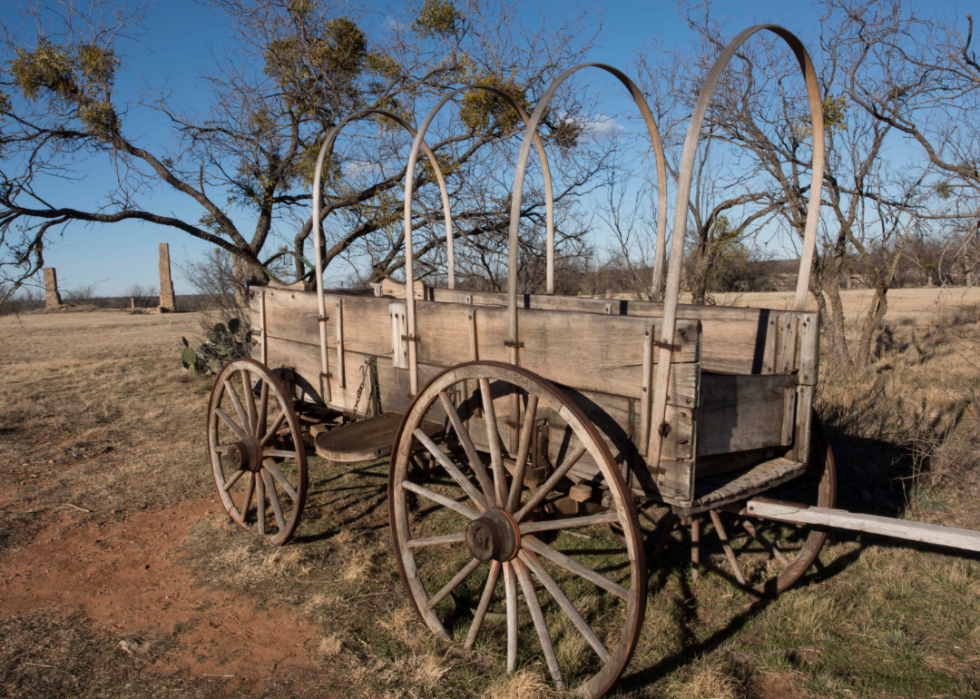
1850s–1860s: Civil War drought
By the middle of the 19th century, huge numbers of people, horses, and farm animals had already flooded into the Great Plains—enough to affect the land and its ability to tolerate drought. According to the Earth Institute at Columbia University, drought is exactly what the region got starting in the mid-1850s. The so-called Civil War drought annihilated entire herds of bison—which once numbered in the millions—that were already being hunted to near extinction by pioneers and settlers.
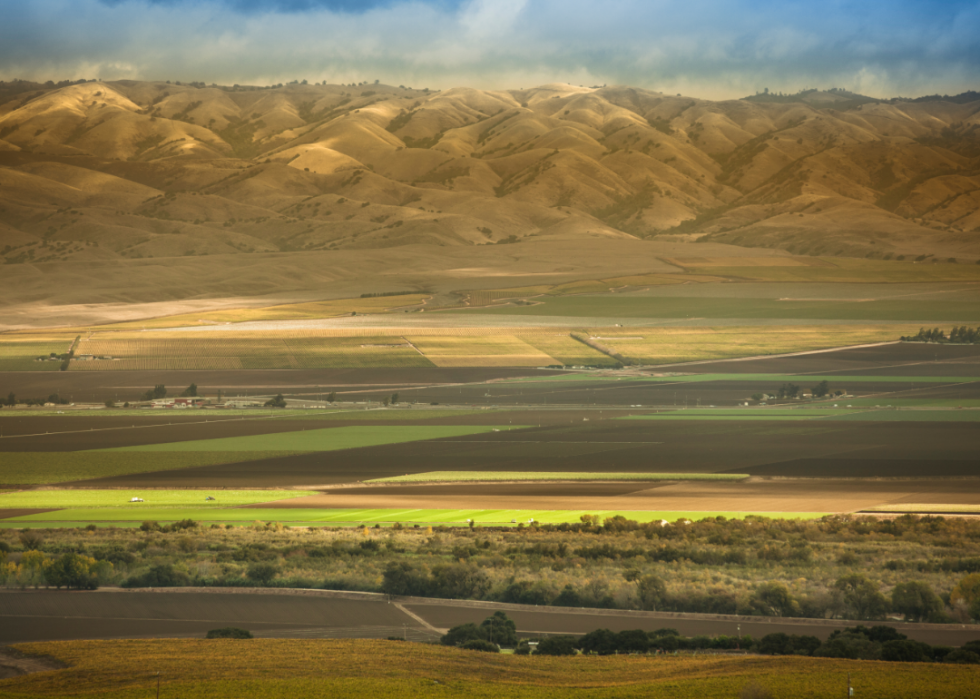
1864: Central Valley drought
In one of the most dramatic environmental flip-flops in American history, California's Central Valley was flooded so severely between 1861 and 1862 that it turned into a 300-mile long, 20-mile wide "inland sea," according to Scientific American. The floods submerged Sacramento under 10 feet of water, killing thousands of people and hundreds of thousands of cattle while triggering widespread and deadly mudslides. Just two years later in 1864, however, the region was gripped in a drought so severe that a lack of water was a great danger to people and animals.
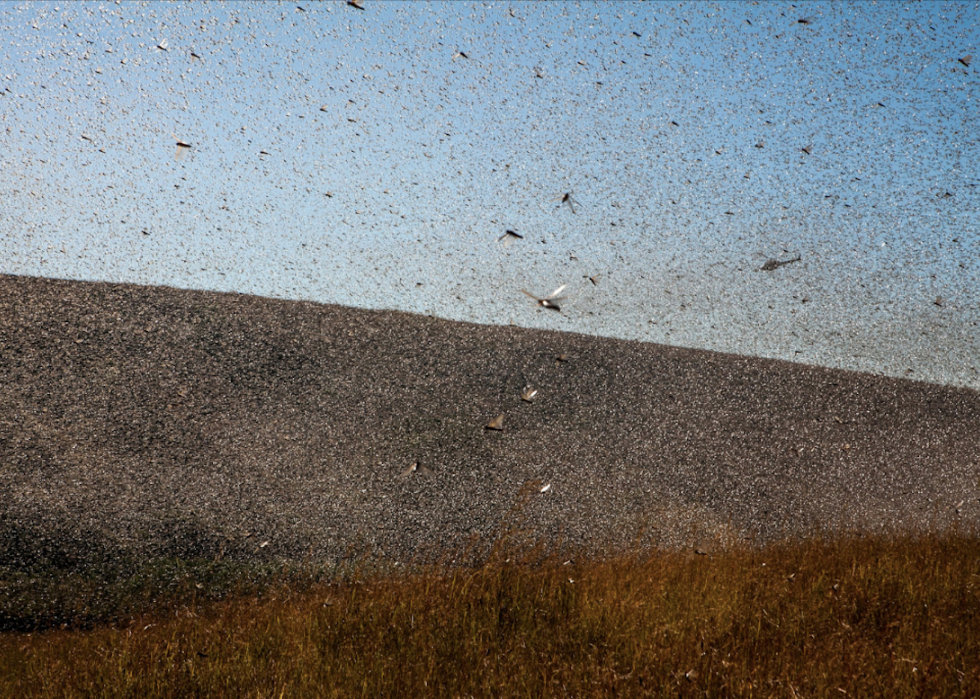
1874: Year of the Locusts
In 1874, a relatively modest drought led to a catastrophe of truly biblical proportions across much of the American Plains and the West. When a dry spell set in at the end of 1873, most of the Colorado Territory, Montana Territory, Wyoming Territory, Dakota Territory, Minnesota, Iowa, Nebraska, Missouri, Texas, and present-day Oklahoma were inundated with clouds of Rocky Mountain locusts so thick that they blocked out the sun for up to six hours at a time. Locusts thrive in drought conditions, and when they descended, the insects devoured every crop in sight, causing widespread starvation and terror, and forcing waves of countless settlers to pack up, reverse course, and head back East. Kansas alone lost one-third of its population.
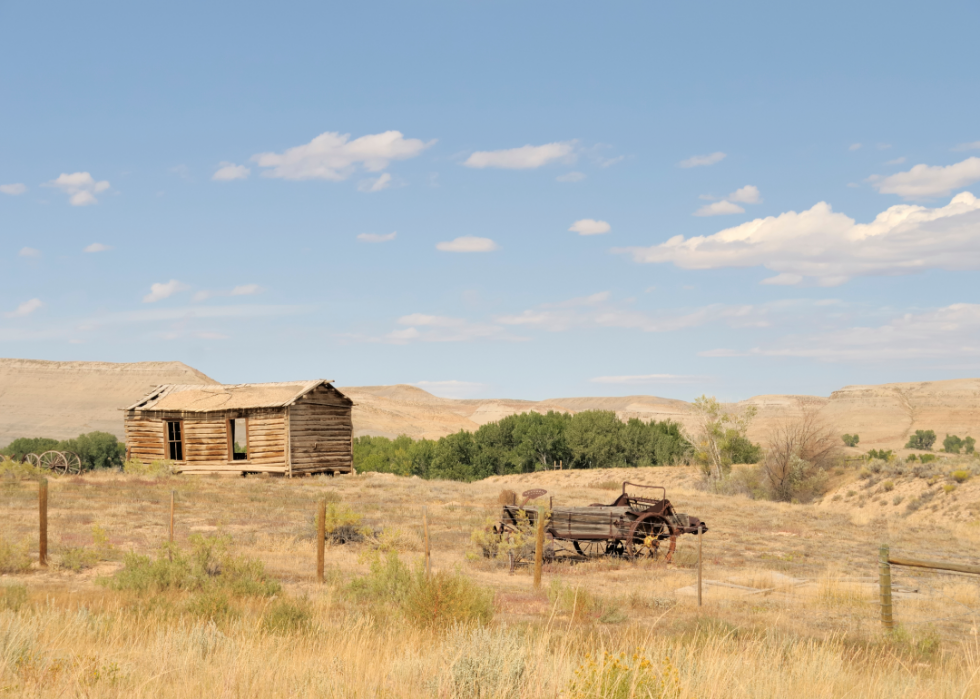
1890–96: 1890s drought
The 1890s drought, which affected the Plains and much of the West, actually started in the late 1880s on the heels of a severe winter that had already killed scores of cattle. The catastrophe, however, led to reform. The drought ended the prevailing wisdom that hardy, determined settlers alone were enough to convert wilderness into farmland. The environmental and social disaster would lead to the federalization of American settlement in the West and the federalization of water management and irrigation.
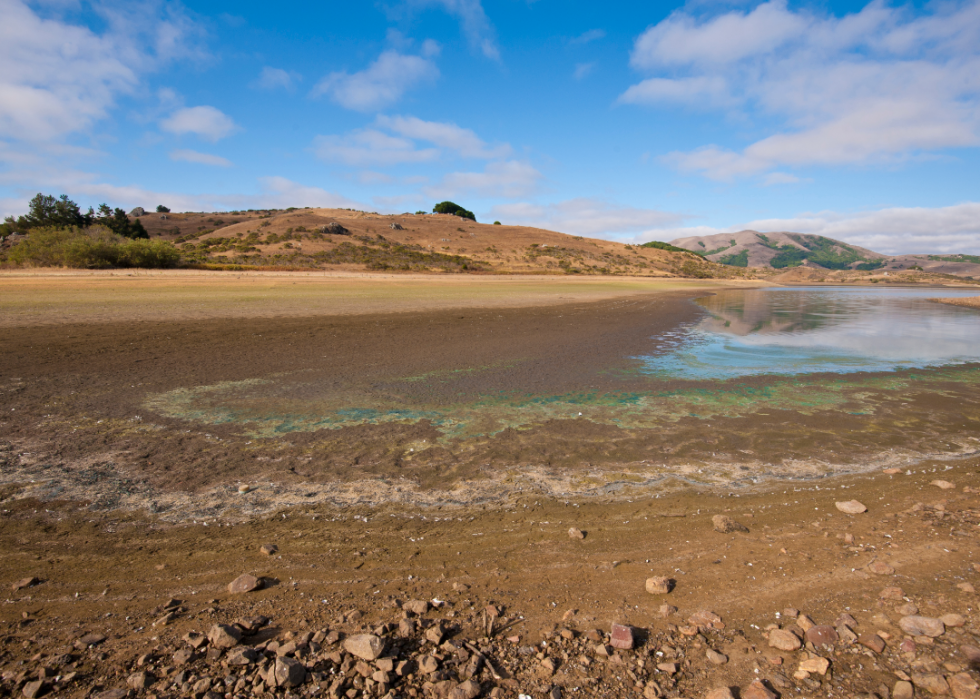
1928–34: Seven-year California drought
The year 1928 was the beginning of one of several distinct and significant 20th-century California droughts. According to the California Water Science Center, the seven-year California drought predated most of the state's major water projects, like the State Water Project and the Federal Central Valley Project. The drought was so severe that it compelled officials to begin planning reservoir operations and to establish shortage criteria for water supply contracts in the state.
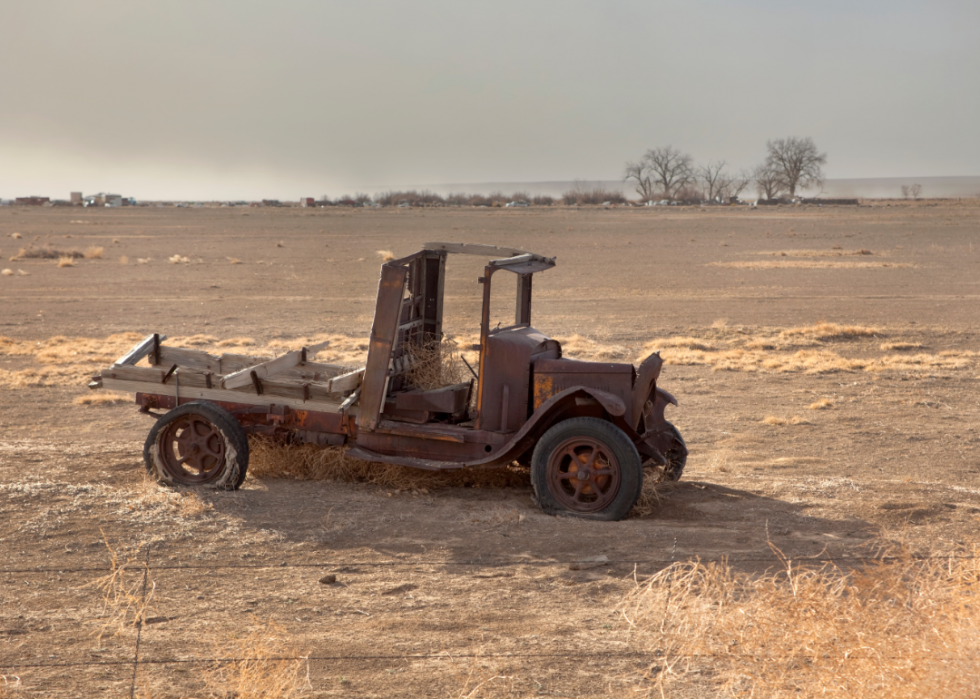
1931–41: Dust Bowl
The Dust Bowl is the most famous environmental catastrophe in U.S. history, and although irresponsible farming practices and land mismanagement contributed to the disaster, the Dust Bowl—which coincided with the already devastating Great Depression—was essentially the result of drought. According to the National Drought Mitigation Center, the calamity—which turned millions of tons of topsoil into dust that went airborne in massive storms—was actually caused by four distinct droughts that ravaged the South Central portion of the United States in the 1930s.
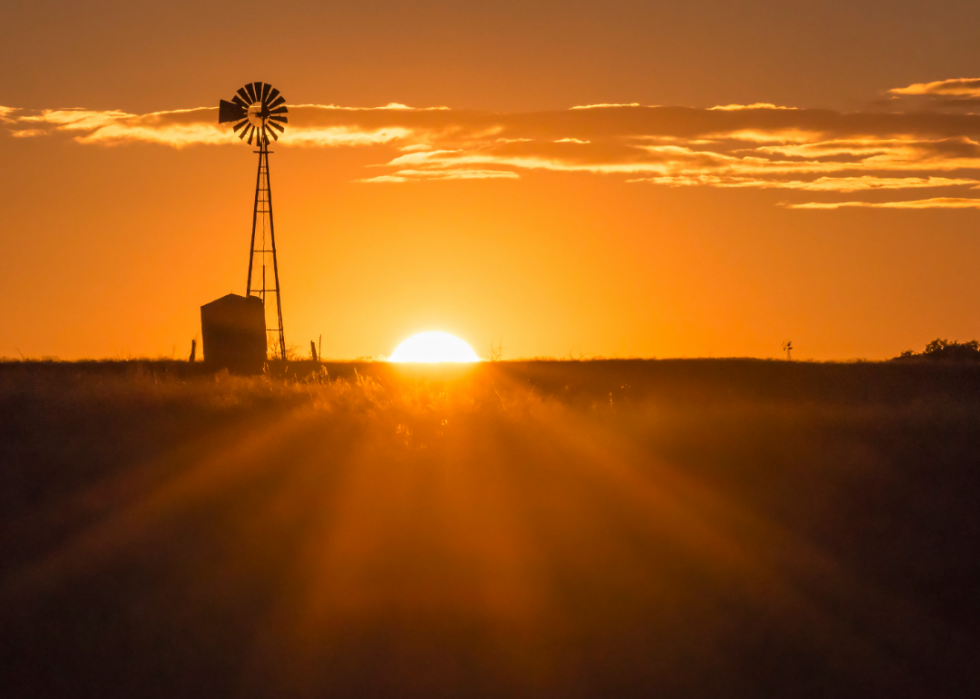
1950–57: Great Dry Up
Sometimes known as the Texas Drought, the Great Dry Up devastated most of the Lone Star State for seven brutal years—years that still are vivid in the memories of those who survived it, according to the San Antonio Express-News. Across the state, crops withered, cattle died, farms turned to dust, and farmers burned the thorns off of cactuses to feed their herds. In the end, 236 of Texas's 254 counties were declared disaster areas, but the episode became the catalyst for the modern era of conservation.
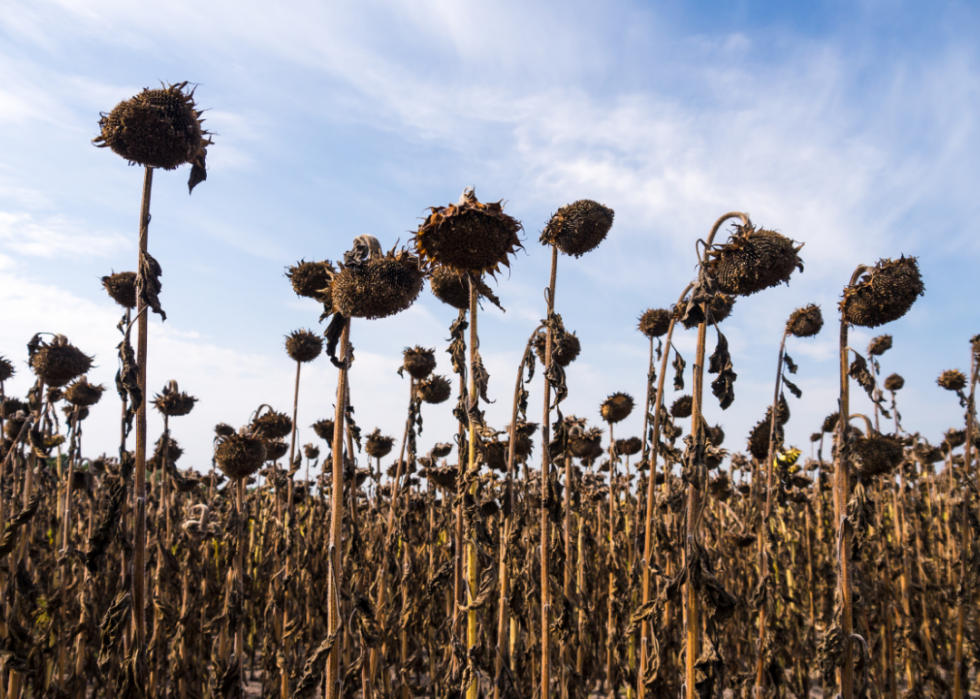
1961–69: New England drought
In 1965, the Northeast suffered the worst year of a nearly decade-long drought that crushed New England farms, forced severe water rationing measures, and sent the region into a panic about drinking water shortages. What started as a dry spell in western Massachusetts quickly transformed into a regional disaster that destroyed golf courses, turned deep ponds to mud, triggered widespread fires, and killed millions of herring that could no longer swim from the ocean to fresh water to spawn.
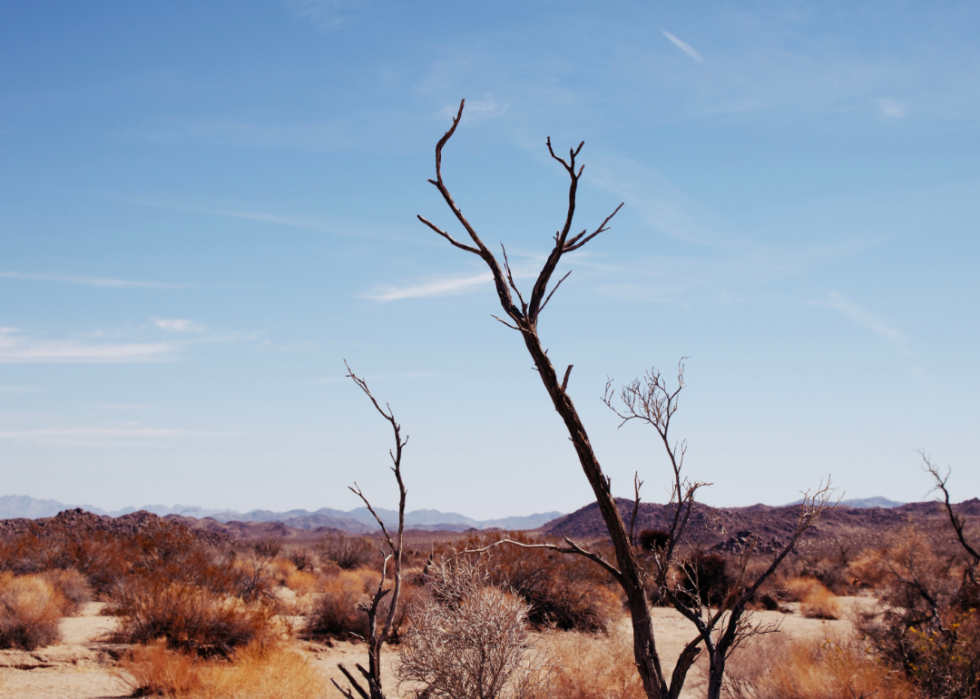
1976–77: Two-year California drought
California's water agencies were not prepared for the 1976–77 drought. The event obliterated the widespread belief that the state's many impressive water projects were enough to insulate residents from the threat of water shortages. By the time relief came from the sky one year later, many of California's reservoirs had been dangerously depleted.
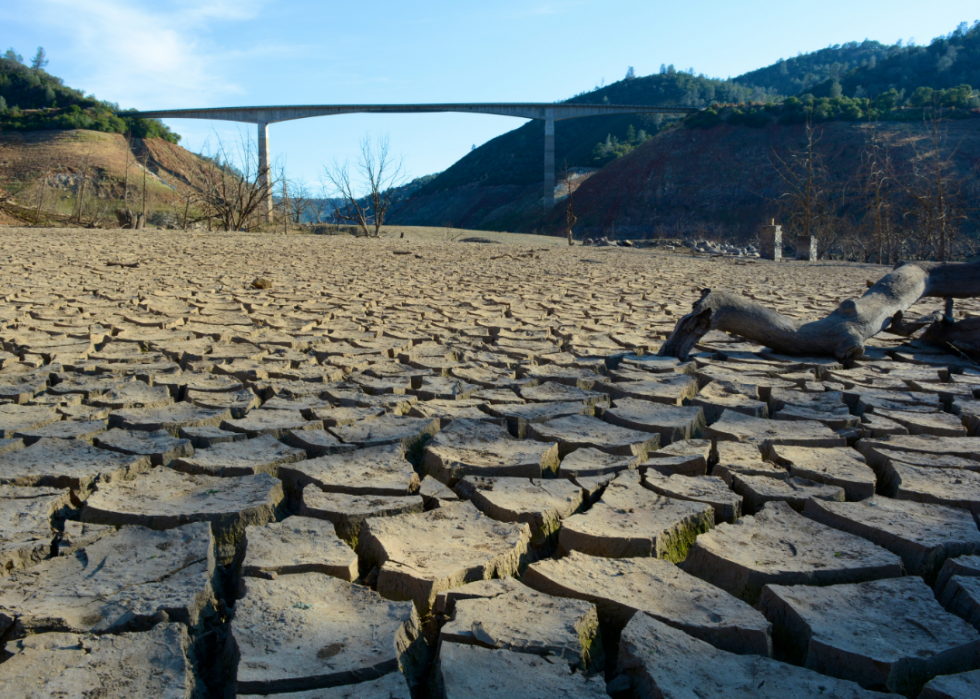
1987–92: Six-year California drought
In 1987, California once again found itself at the onset of a significant and dangerous shortage of water. According to the California Water Science Center, most of the state's major reservoirs were completed by then, but even that massive human effort proved insufficient. By 1991, the drought compelled the state to initiate a drought water bank to make water available for sale to the most desperate municipalities.
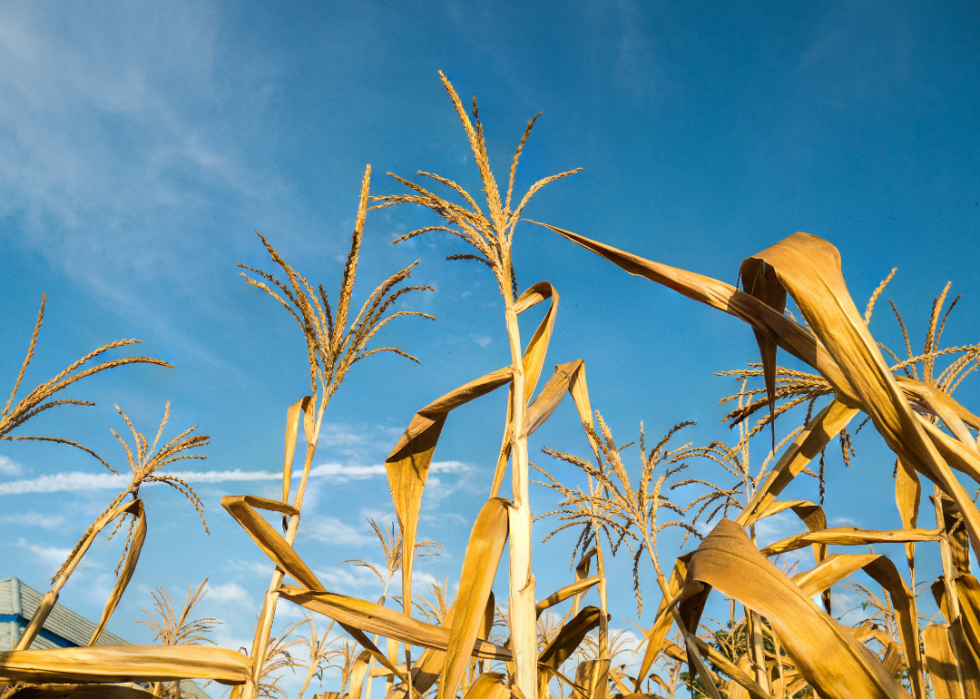
1988: Pacific La Niña drought
In 1988, a Pacific weather pattern known as La Niña triggered changes in the atmosphere and temperature, which culminated in widespread reductions of precipitation across the Central United States. One of the costliest natural disasters in American history and the worst drought on record since the Dust Bowl, it destroyed at least half of the crops on the Great Plains.
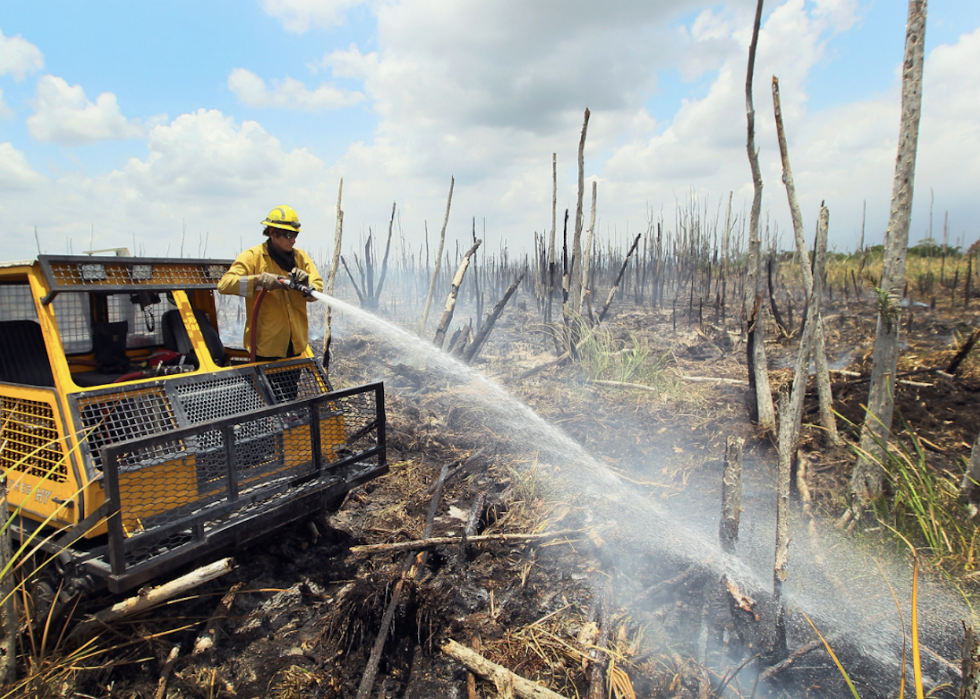
1998–2002: Florida drought
Florida entered the 21st century in the throes of one of the worst droughts in the state's recorded history. Freshwater withdrawals, record-low stream flows, hundreds of sinkholes, and persistent wildfires defined the crisis, which was particularly bad in the southwest, northeast, and northwest regions of the state.
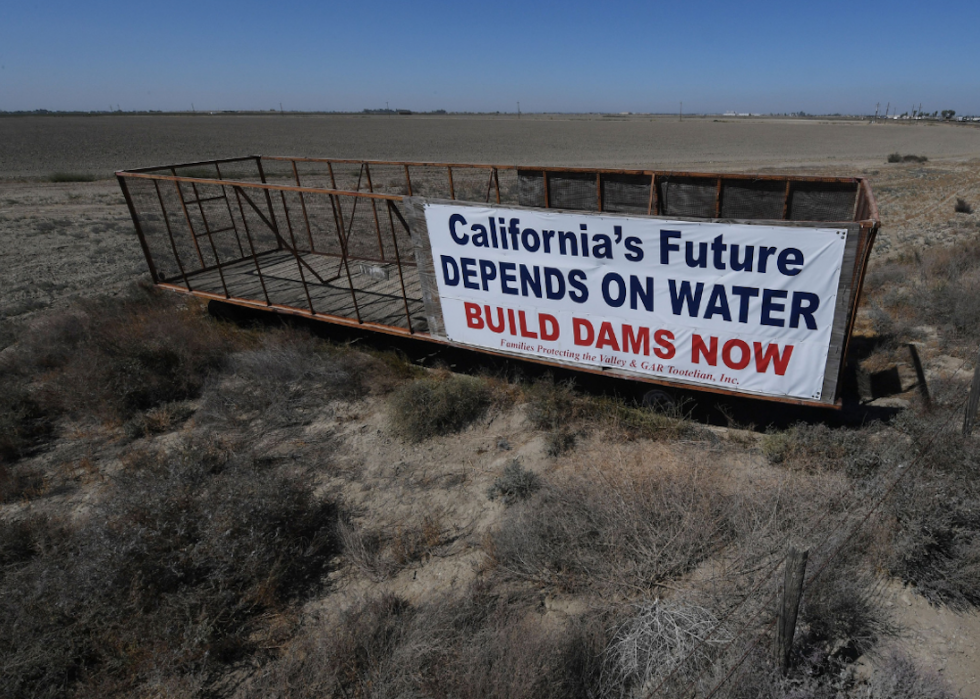
2011–2019 California drought
In March 2019, authorities officially declared the end to more than seven years of severe drought in California. It was a long time coming. For 376 consecutive weeks, Californians suffered a grinding dry spell characterized by dangerously low water reserves, raging fires, the death of 102 million trees on 7 million acres, snowless mountain ranges, and millions of dollars of damage to highways. When the rains finally came, they resulted in a stunning blossom of wildflowers—and raging mudslides.
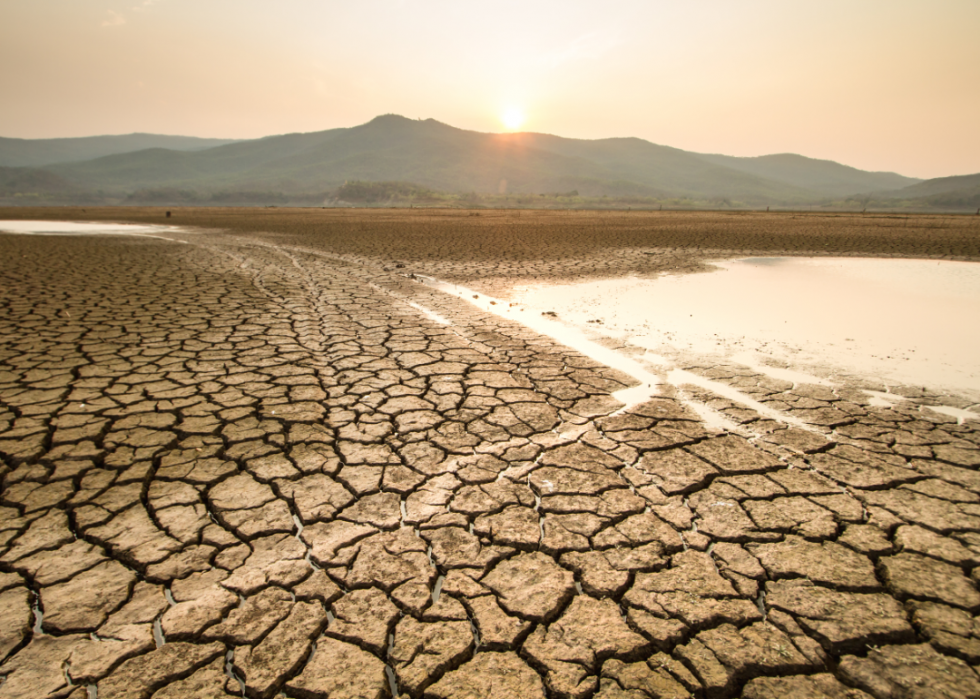
2012: National drought
According to a report by the National Oceanic and Atmospheric Administration (NOAA), a full 33% of the contiguous United States spent 2012 in the grip of a severe to extreme drought—"severe" and "extreme" are NOAA's most serious official classifications on the drought scale. NOAA outlined causes ranging from decreased precipitation to changes in atmospheric pressure, but the results of the report were clear and undeniable: The drought was the inevitable result of a warming planet.
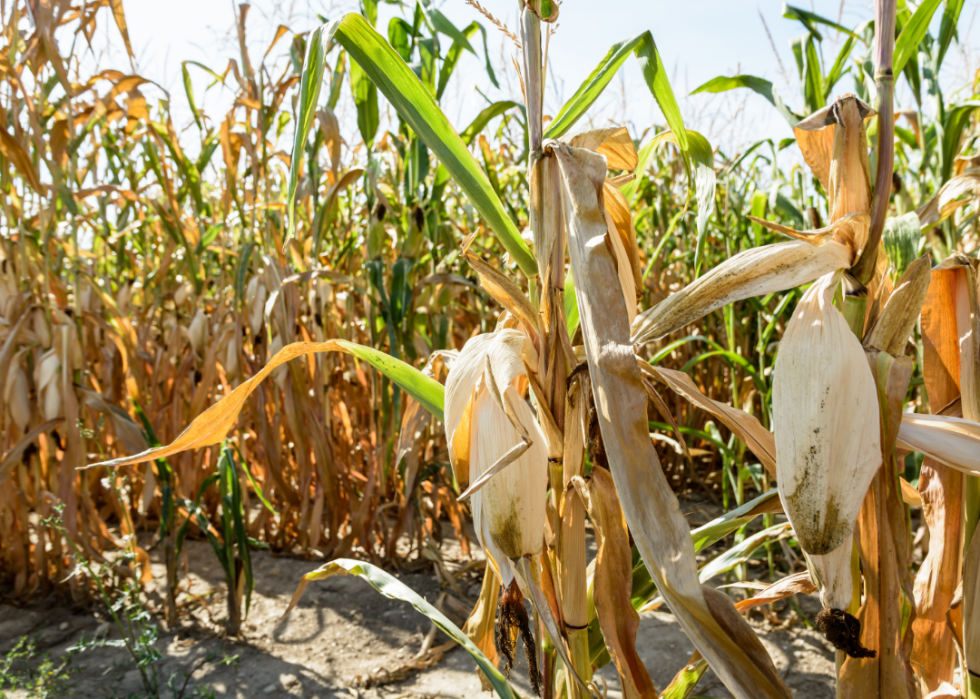
2016: New York drought
In 2016, New York suffered one of the worst droughts in the state's history, but it went largely unnoticed compared with the attention given to the drought on the other side of the country. That's because New York wasn't engulfed in the dramatics beamed from California to TV screens worldwide—raging fires, empty reservoirs, and pitched political battles over water rights. Still, with rainfall down by 25% across much of the state, and with widespread crop failure and devastation to waterways and marine life, the end results in the Empire State were much the same as on the West Coast.
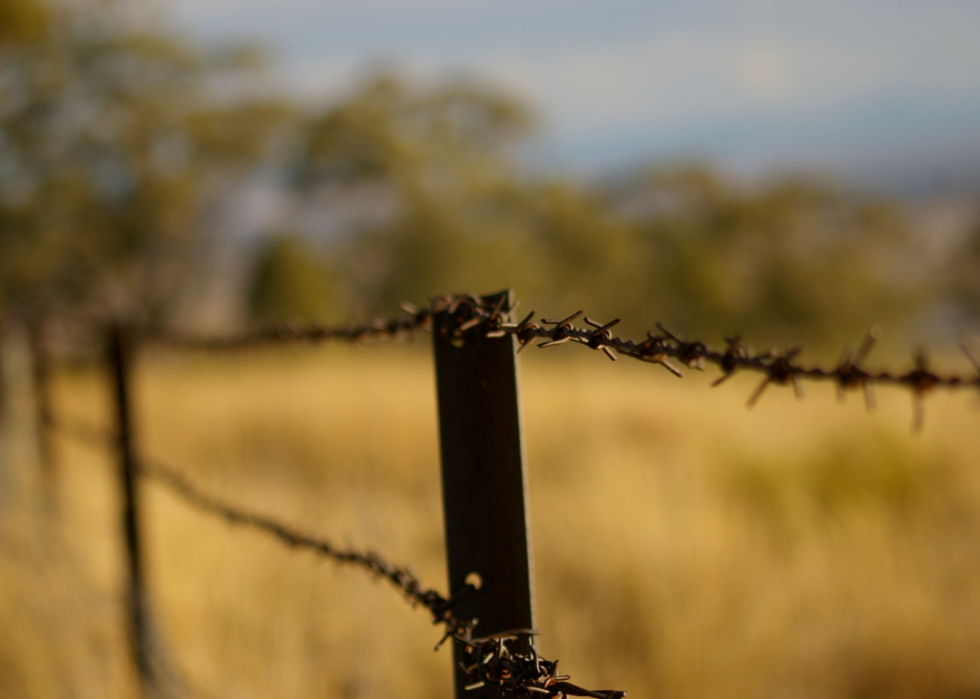
2016: Southeast drought
In 2016, parts of Alabama received no rainfall at all for six weeks, farmers were selling cattle they could no longer feed, and topsoil had turned to powder. It was a drought that engulfed much of the Southeast and then spread as far west as Texas and as far north as Kentucky. By the end of the year, 40% of the Southeast was suffering moderate to exceptional drought conditions, and when the rains finally came, they fell on parched land that couldn't absorb the water, resulting in widespread flooding.
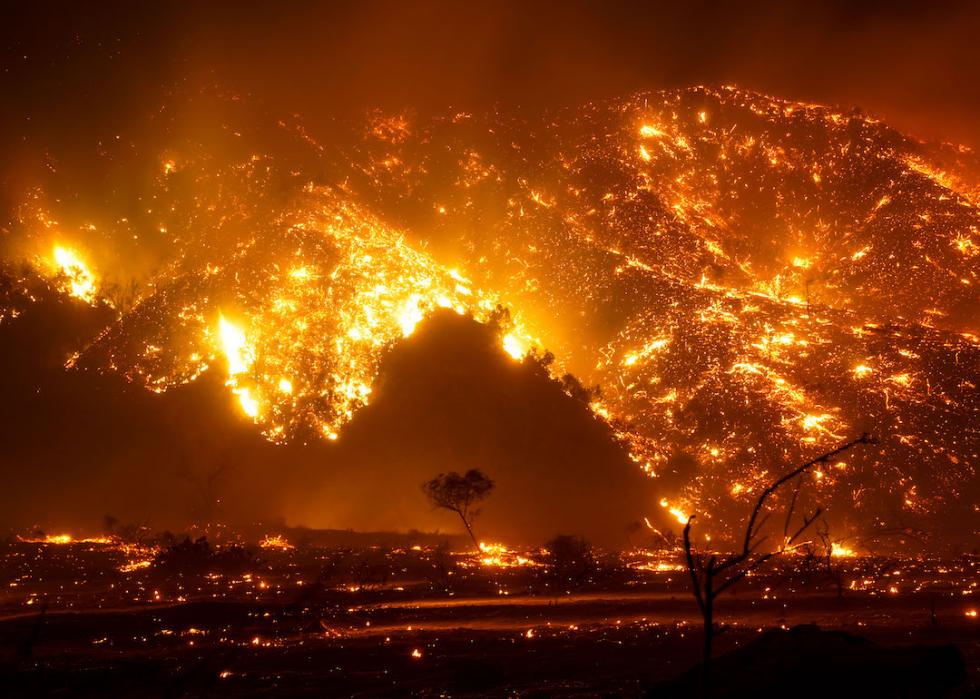
2020: California wildfires linked to drought—and climate change
The effects of climate change on the weather of the U.S. became an undeniable reality for millions of people, and state and federal policymakers, in 2020. Devastating wildfires in California raged across the state because of the cycle between drought and rainfall, caused by climate change and increasing the risks of wildfire. Other states, meanwhile, broke records for the hottest days on record, and close to half of the U.S. ended 2020 at some level of drought, according to the United States Drought Monitor.



